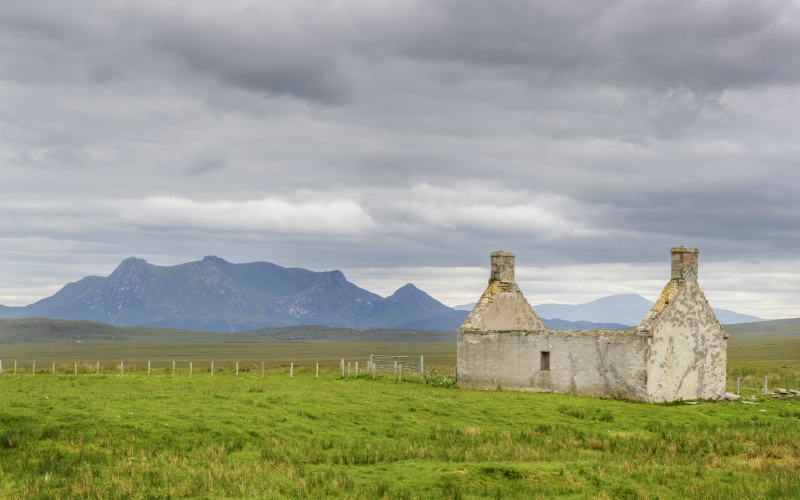
We have all been there, walking along a street or path, enjoying the sunshine and surroundings until, there it is, that unkempt, neglected ground or building, completely at odds with its surroundings, crying out for some care and attention. And it’s not just you that has noticed it, it’s been a subject of discontent in the community. Well now there is, potentially, something you and your community can do about it.
Since 2018, legislation has been in force which gives a community a right to buy abandoned, neglected or detrimental land. As with most legislation, there are criteria to be met and hoops to be jumped through but, ultimately, the right is there.
What is a “community”
The members of the community must be resident in a defined area and be registered to vote in a local government election at an address within that area. The area in question can range from a postcode area, a locality, a community council area or even an entire island. That community must then register itself as a legal entity such as a company limited by guarantee or a community benefit society in order to have standing to make the application. Pockets of residents interspersed over a wide area will not be regarded as a community.
Identifying eligible land
The right applies to abandoned or neglected land, or land that the use or management of is such that it is resulting in, or causing harm to, the environmental wellbeing of the community. Certain land is excluded such as land on which someone’s home is built, or land pertaining to that home – so, sorry, unkempt gardens are not eligible! Likewise, land owned by the Crown or a UK Government Department cannot be subject to an application.
Any application will need to state why the community believes that the land is wholly, or mainly, abandoned or neglected (it does not have to be both), or why its use or management is causing harm. Broadly speaking, upon receipt of an application, Ministers will need to consider a) the physical condition of the land, b) the designation or classification of the land, and 3) the use or management of the land (or the lack thereof). Of course, the landowner will be given plenty of opportunity to make representations in order to put their opposition forward.
Getting an application off the ground
Once a community has identified an area of land which may fit the criteria, it is recommended that legal advice is sought in order to provide guidance through the process and try to limit unnecessary expenditure. Advice can also be sought from the Scottish Government’s Community Land Team. The community will need to consider the purpose(s) for which they propose to use the land in question and identify the resources needed to acquire that land – remember this is a right to buy, not just take over ownership. Importantly, the community must have already tried to buy the land before submitting the Right to Buy application which is another reason to consider professional advice from the outset.
Summary
As with most legislation, the process is never as straightforward as it first sounds. Nevertheless, communities across Scotland have and are making successful applications. The principle of Community Right to Buy has come a long way from its initial incarnation in 2004 of allowing rural communities of fewer than 10,000 people first refusal if a landowner wanted to sell, to now applying across Scotland and affecting land that the landowner may not want to sell. We at Thorntons predict only growth in the use of the legislation as people in communities come together to enhance their environment. If this is something that you and your community would like to pursue, please contact a member of our Land and Rural Business Team who will be happy to help.
